Japan was already struggling significantly in its war against China, unable to make decisive progress. Why then did it instigate the Pearl Harbor Incident and make an enemy of the United States? Wasn’t this suicidal?
Japan was screwed over by Germany! Before the war between Japan and the US broke out, Army Minister Hideki Tojo privately asked Navy Minister Osami Nagano: “If we fight the US, can we win?” The Navy Minister replied: “We will lose.” He then added: “I’m only saying this here; I won’t admit it outside.” Tojo responded: “Is that so? If the Navy has no confidence, then we can’t fight.” See? They weren’t idiots; Japan’s top brass knew perfectly well they couldn’t win. Up until 1941, the unified opinion within the Japanese government was: “We must absolutely avoid war with the United States.”
So where was the turning point? Alas, it was all because Germany screwed them over! Germany rolled over France in a month and was bombarding Britain relentlessly on its island. Suddenly, the colonies of France, Britain, the Netherlands, and others in Southeast Asia became rootless trees, laid out temptingly before Japan: oil, rubber, tin, copper… all the strategic resources Japan desperately needed! With these resources, Japan could continue its war of aggression in China! Japan was already bankrupt; the war in China had reduced Japan to poverty domestically. Core strategic materials like oil and steel were entirely dependent on imports from the US – at staggering cost, a painful memory.
By 1940, the Japanese military was already planning to withdraw troops from China, calling it quits because they couldn’t afford to fight anymore. They sought peace talks, hoping to just keep Manchukuo. But the Chinese government wouldn’t agree; negotiations stalled. Japan felt deeply frustrated. Then suddenly, divine providence descended! Vast stretches of “ownerless” colonies appeared! Oil aplenty, rubber galore, shyly opening their arms, just waiting for the Japanese army to give them a gentle push… Who could resist? Especially the Japanese.
Japan’s situation at the time looked like this: France had surrendered. Britain was holed up on its island, with Germany poised to invade at any moment. The Soviet Union had signed a neutrality pact with Japan (Japan-Soviet Non-Aggression Pact). Germany, Italy, and Japan had signed the Tripartite Pact. The Japanese counted on their fingers:
- Germany would unify Western Europe within months – and Germany was their ally.
- The Soviet Union would unify Eastern Europe – and they had a non-aggression pact.
- Britain would soon be crushed, leaving the US no reason to enter the war and allowing it to continue its isolationist policy.
- And the Empire of Japan? It would take over the “ownerless” lands of Southeast Asia, solve its strategic resource problem, and then crush China.
Three of the four corners of the world would be under their control! Didn’t the future look incredibly bright? So Japan unhesitatingly formulated its “Southern Operation” plan to seize French and British colonies. Up to this point, Japan’s strategy wasn’t fundamentally flawed! Isolationism was indeed still dominant within the US!
But, as I said earlier, Germany screwed Japan over without a second thought! Japan thought Germany would invade Britain within a month or so, but Reichsmarschall Göring proved utterly incompetent, failing to gain air superiority and thus unable to launch the invasion. Japan assumed Germany would gradually digest its European conquests, but instead, Germany launched Operation Barbarossa and invaded the Soviet Union.
One month before Germany attacked the Soviet Union, the Japanese ambassador in Berlin sent a cable warning Tokyo: “Germany is definitely going to invade the Soviet Union! I’ve seen all the signs, blah blah blah…” The Japanese military high command laughed heartily, saying: “Impossible! Germany hasn’t even defeated Britain yet. Would it really risk US intervention to attack the Soviet Union? Unless Hitler’s gone mad!” Well, get this: Hitler was that unconventional. Germany’s attack on the Soviet Union shocked the Japanese military high command because it dramatically increased the likelihood of US entry into the war. Japan’s entire decision to go south was predicated on the expectation that the US would not actively join the fight.
Sure enough, when Japan first moved south, the US only imposed an embargo, stopping the sale of oil, steel, and other strategic materials to Japan. Japan could still manage. However, once Germany failed to defeat Britain and then opened a new front by attacking the Soviet Union, the US resolved to enter the war. It explicitly demanded of Japan: “France, Britain, and the Netherlands are all allies of the great United States of America. Their colonies are therefore under our protection. Get out.” If it had just been that, Japan might have gritted its teeth and backed down – you can’t fight what you can’t beat, so you have to swallow your pride. But! Here I must say again: Germany screwed them over too badly!
Germany performed too well in the early stages of its invasion of the Soviet Union. Within just two months, it looked like the Soviets might collapse! The Red Army performed terribly initially, collapsing and retreating hundreds of miles. It seemed Germany might actually win! The Soviet Union even sent its Foreign Minister to explicitly tell the US: “If you don’t save us now, we’ll fall. Then you’ll face a Nazi Germany that has unified all of Europe alone.” Britain also desperately urged the US: “Send troops quickly! If you don’t act now, both the Soviet Union and I will be finished.”
Consequently, the US suddenly became much harsher towards Japan, this ally of Germany. After demanding Japan withdraw from Southeast Asia, it also demanded Japan withdraw completely from China! Not even the puppet state under Wang Jingwei was acceptable – total withdrawal! This was a death sentence for Japan, and especially for the Japanese military high command. After invading China for so many years, sacrificing so many lives, spending so much money… and now you force us to withdraw? Where would we go after withdrawing? Wait on our islands to die? Evolve into Attack on Titan? The Japanese military high command did a serious calculation:
- In 1941, Japanese naval strength was 70% of the US Navy’s.
- By 1942, Japanese naval strength would decline to 60% of the US Navy’s.
- Due to the US actively preparing for war, by 1944, Japanese naval strength would be just 30% of the US Navy’s.
Let me say it again: Japan’s top brass were not stupid. They clearly understood Japan could not defeat the US. But 1941-42 represented the moment when Japanese military strength was closest to America’s. After that, the gap would only widen. Fighting now offered at least a sliver of a chance – not necessarily to win, but to fight to a negotiated settlement. Wait a few years, when Japan’s strength was only 30%, 20% of America’s? They might not even get the chance for negotiations.
Muto Akira (a Class-A war criminal), one of Japan’s only two reputed strategists (the other being Ishiwara Kanji), told his aide: “Japan’s national power is far inferior to America’s; there’s simply no hope of victory. Since there’s no prospect of winning, if we don’t fight, we’ll have to submit to American demands. What would happen then? Japan would have to completely withdraw from China after fighting for four years. The result? …Manchukuo would be very hard to hold onto… Our rule in Korea would also face difficulties… What if we choose to fight? The consequence of defeat would, of course, be the forced abandonment of Manchuria, Korea, and Taiwan. But looking at Japan’s position, it couldn’t get any smaller anyway. Moreover, in modern history, no great power that fought a total war and lost has failed to rise again. This is because the youth of later generations remember their wartime homeland and rise up in resistance. Conversely, nations that lack the courage to resist and submit to the enemy see their ideology gradually become confused, degenerate, and collapse from within, never to become a great power again. Judging from this historical lesson, whether we fight or not, we face the same predicament of being confined to our four islands. Although the outcome is the same, the potential for national resurgence differs greatly. This is why we must prepare to fight, even if it means being smashed to pieces.” Although this is militarist logic, it’s worthy of a strategist’s name.
Thus, the attack on Pearl Harbor, using a tactical strike to compensate for strategic inferiority, became the only choice at the time.
To summarize:
- Japan originally desperately tried to avoid war with the US.
- Japan also worked hard to maintain good relations with the US; over 50% of the strategic materials for invading China were imported from the US.
- But because Germany’s offensives were so successful, Japan couldn’t resist the temptation to move south into Southeast Asia, antagonizing the US.
- Similarly, because Germany’s offensives were so successful, the US resolved to enter the war, causing relations with Japan to deteriorate drastically.
- Japan judged that time was not on its side. Starting the war actively offered a slim chance of survival; waiting for the US to start the war meant certain doom.
And so, the wheels of history rolled on…
Final details supplement:
Here’s a map of Southeast Asia. At that time, only Thailand in the whole region was an independent nation (semi-colonial, semi-feudal). The rest were all European and American colonies:
- Present-day Vietnam, Laos, Cambodia: French Indochina (French Colony)
- Burma (Myanmar), Singapore, Malaysia: British Colonies
- Indonesia: Dutch East Indies (Dutch Colony)
- Philippines: American Colony
(Smaller colonies like Portuguese Timor are omitted.)
Once WWII broke out, except for the Philippines still under US control, the mother countries of all the other colonies (France, Netherlands, defeated; Britain, besieged) were essentially knocked out by Germany. Without their mother countries, the colonial military forces were sitting ducks.
So Japan couldn’t resist moving south:
- September 1940: Japanese forces occupy northern French Indochina (Hanoi and northern Vietnam).
- July 30, 1941: Japanese forces occupy southern French Indochina.
- (Note: French Indochina encompassed present-day Vietnam, Laos, and Cambodia.)
- December 8, 1941 (Manila Time): Japan attacks Pearl Harbor. On the same day, Japanese forces attack US bases in the Philippines, formally starting the war with the US!
Remember this sequence of events! Japan moved south and seized French colonies first, and only then, driven to the wall, declared war on the US! Not the other way around.
As for why they had to attack the US? Look at the Philippines’ location. How could Japan move south without taking the Philippines? US forces based there could strike out at any moment and cut the Japanese southern advance in half! The Japanese military was reckless, but it wasn’t stupid.
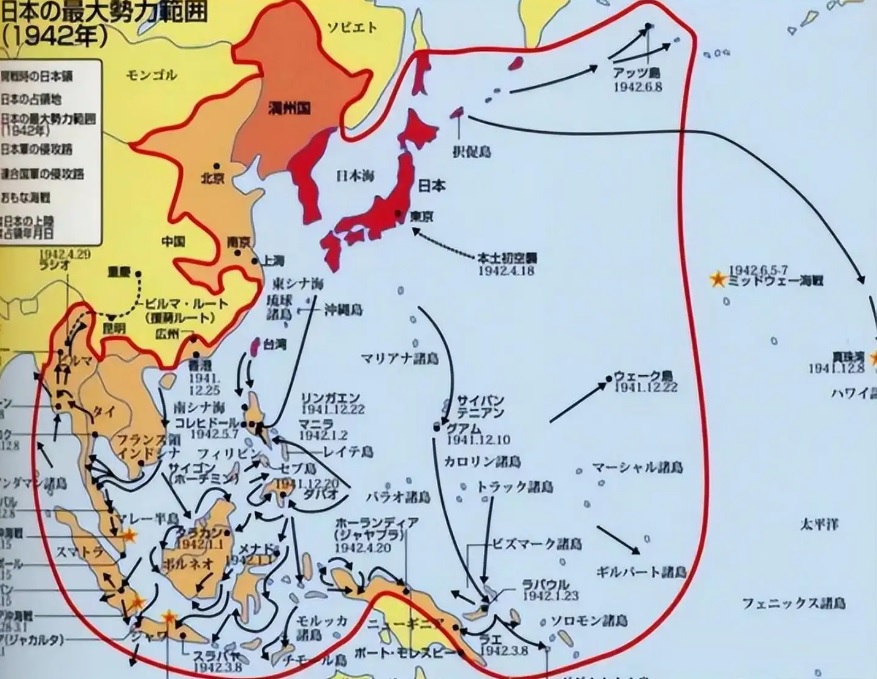
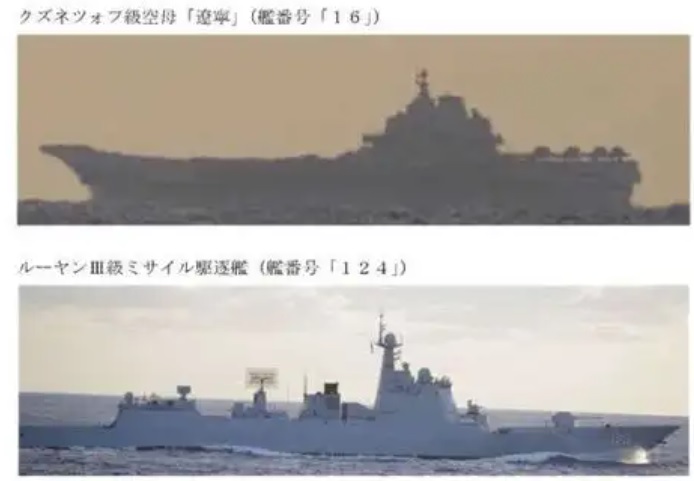
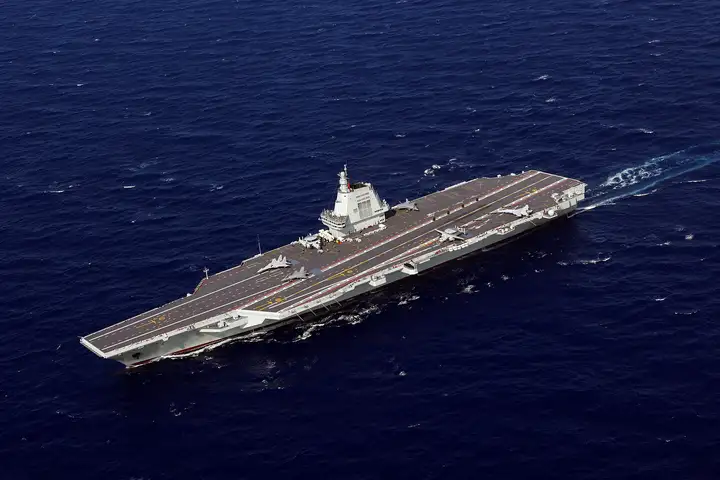
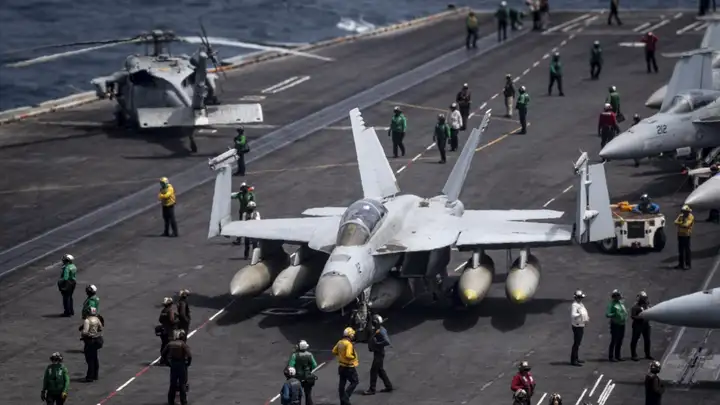
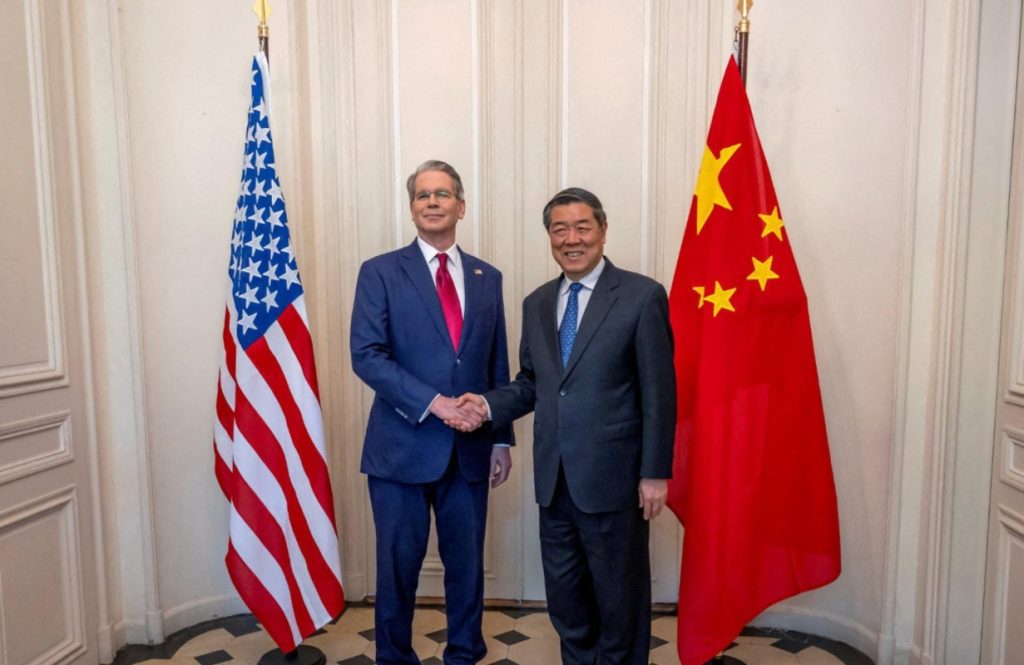
Alright, folks, let’s talk 32win13. So, I was a bit skeptical at first, but gotta say, pretty decent experience overall. Smooth navigation and a good selection of games. Could use a little more variety in promotions, but hey, what can you do? Check it out for yourself: 32win13